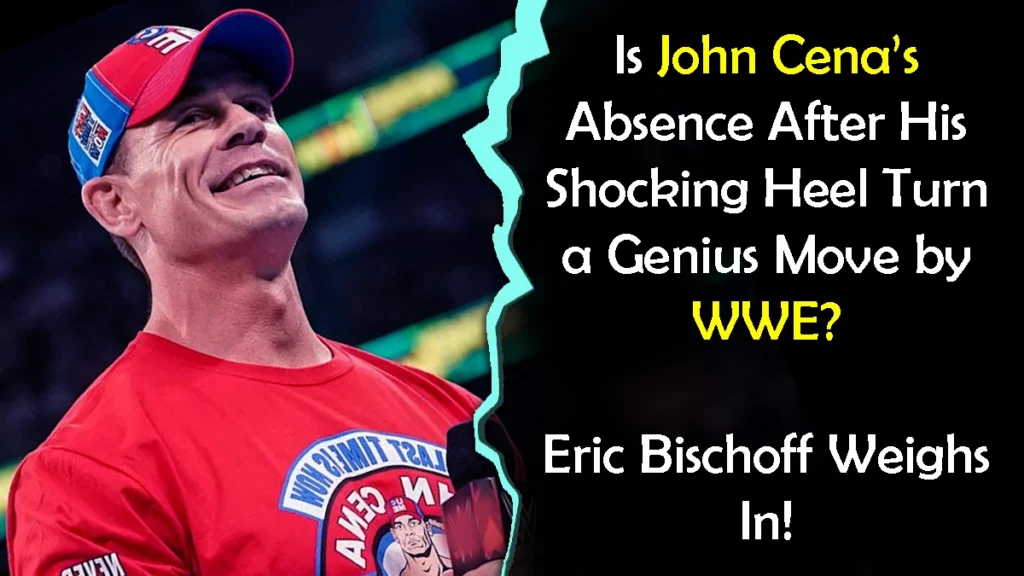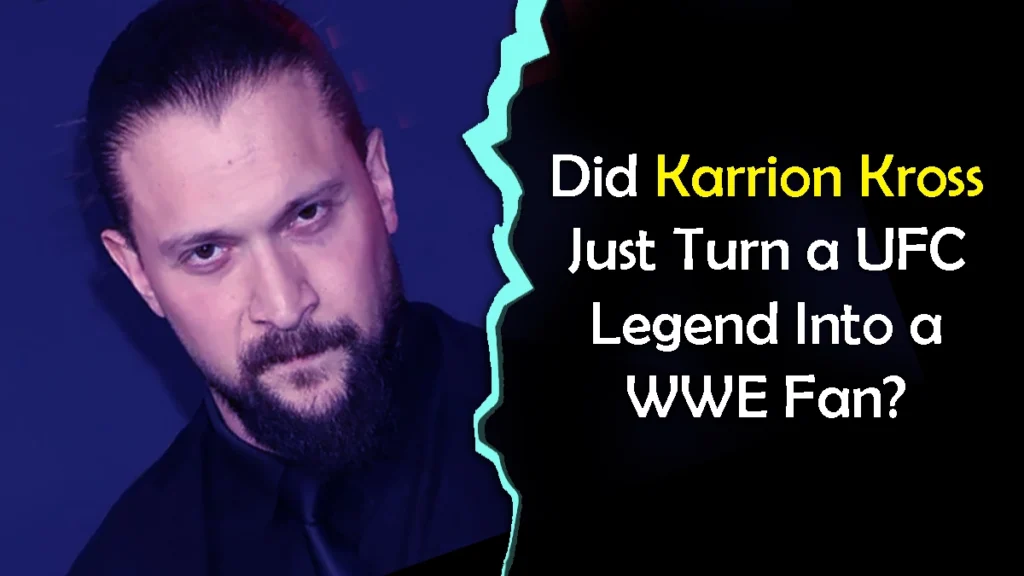
WWE Superstar Draws Surprising Parallel Between Wrestling Icon and NFL Dynasty
The worlds of professional wrestling and NFL football collide as Seth Rollins makes a compelling comparison that has fans talking
In a fascinating crossover of sports entertainment and professional football, WWE Superstar Seth “Freakin'” Rollins has drawn an intriguing parallel between wrestling legend John Cena and the Kansas City Chiefs. During a recent appearance on The Rich Eisen Show, Rollins articulated what many fans have felt but perhaps never fully connected: the phenomenon of audience fatigue when it comes to dominant champions.
The Phenomenon of Success Fatigue
The Kansas City Chiefs have emerged as the NFL’s newest dynasty, capturing multiple Super Bowl victories in recent years under the leadership of quarterback Patrick Mahomes. Their journey from beloved underdogs to polarizing champions mirrors what many wrestling fans witnessed with John Cena during his unprecedented run atop WWE.
“The Chiefs are a big heel turn over the past few years,” Rollins explained to Eisen, using wrestling terminology to describe how public perception has shifted. “They were America’s sweethearts forever, and now everybody hates them.”
This sentiment resonates strongly within both fan communities. The Chiefs, once celebrated for breaking through after years of playoff disappointments, now face growing resentment from fans outside Kansas City. The success that initially earned them goodwill has, paradoxically, transformed into a liability in the court of public opinion.
The Cena Comparison: A Perfect Parallel
When asked to identify a wrestling equivalent to “Chiefs fatigue,” Rollins didn’t hesitate to name his former rival and occasional ally.
“John Cena is the perfect example,” Rollins stated. “He’s a guy who recently turned heel for the first time in a long time. He’s a perfect example. He would win so much, they would just boo him. ‘We want Cena, Cena sucks.'”
For longtime wrestling fans, this comparison strikes a particularly resonant chord. Cena’s rise to prominence in the mid-2000s initially positioned him as WWE’s next great hero – a charismatic, hard-working performer who connected with younger audiences while demonstrating impressive in-ring abilities. However, as his championship reigns multiplied and his presence atop the card became seemingly permanent, a vocal segment of the audience began to reject his character.
The Psychology Behind Fan Rejection
The phenomenon Rollins identifies speaks to a deeper psychological aspect of sports fandom. Both wrestling and football fans often embrace the underdog story – the struggle against adversity that culminates in triumph. However, when that triumph becomes routine, the narrative loses its emotional impact.
In Cena’s case, his character remained steadfastly heroic despite growing audience resistance. For over 15 years, he maintained his position as a “babyface” (wrestling terminology for a hero character), even as arenas filled with dueling chants of “Let’s go Cena!” and “Cena sucks!” This created one of wrestling’s most unique dynamics: a supposed hero who generated deeply polarized reactions.
Similarly, the Chiefs have transitioned from being celebrated breakthrough champions to a team that generates significant animosity. Their continued success has transformed them from underdogs to overdogs, creating the perfect conditions for fan resentment.
The Shocking Heel Turn
Rollins’ comparison gained additional relevance following WWE Elimination Chamber in February, where John Cena executed one of the most unexpected character transformations in recent wrestling history by turning “heel” (becoming a villain). After a career defined by unwavering heroism, Cena’s embrace of the dark side sent shockwaves through the wrestling world.
This development adds another layer to Rollins’ comparison. Just as fans had been calling for a Cena character refresh for years, some NFL observers have noted how the Chiefs’ continued dominance has positioned them as the league’s new villains – regardless of the organization’s intentions.
Wrestling and Football: Surprising Similarities
The Rollins observation highlights the surprising parallels between professional wrestling and traditional sports. While wrestling openly embraces its storytelling elements, traditional sports like football generate their own narratives organically through competition, personality, and fan reaction.
Both industries thrive on strong characters, compelling storylines, and emotional investment from their audiences. The Chiefs, with their charismatic quarterback, innovative coaching, and growing collection of championships, have unintentionally written themselves into the role of dynasty – a position that inevitably attracts both admiration and resentment.
The Double-Edged Sword of Dominance
What makes Rollins’ comparison particularly astute is his recognition of how success itself can become a narrative liability. Cena, despite being positioned as WWE’s ultimate hero, found himself rejected by segments of the audience precisely because of his dominance. His victories, rather than being celebrated, became predictable outcomes that fans grew to resent.
The Chiefs may now be experiencing a similar phenomenon. Their remarkable consistency and repeated playoff successes have transformed them from a feel-good story into a dominant force that fans of other teams increasingly hope to see defeated.
The Future for Cena and the Chiefs
With Cena’s recent heel turn, WWE has finally embraced the narrative potential of his polarizing status. After years of resistance, the company has allowed one of its biggest stars to explore the villainous side that fans have long anticipated.
The question remains whether the Chiefs will similarly lean into their emerging villain status or continue to position themselves as heroes in their own story. Unlike wrestling, where character directions are deliberately chosen, the Chiefs’ public perception will be shaped by continued on-field results and how the organization chooses to present itself.
Rollins: A Student of Both Games
Rollins’ observation demonstrates his understanding of both wrestling psychology and wider sports culture. As a performer who has worked as both hero and villain throughout his WWE career, he recognizes how audience perception shapes the narrative surrounding performers.
His willingness to draw this parallel also highlights the increasing crossover between wrestling and mainstream sports. As professional wrestling continues its cultural resurgence, the psychological and storytelling elements that have always defined the industry are being recognized and applied to traditional sports analysis.
Whether you’re a wrestling fan, an NFL enthusiast, or someone who enjoys both forms of entertainment, Rollins’ comparison offers a fascinating lens through which to view the evolving relationship between performers and their audiences across different competitive landscapes.
Conclusion
The parallel between John Cena and the Kansas City Chiefs serves as a reminder of the complex relationship between dominance and popularity in competitive entertainment. Both wrestling and football thrive on the emotional investment of their audiences, and both must navigate the challenges that come when success becomes expected rather than celebrated.
As Cena explores his new villainous persona and the Chiefs continue their pursuit of further championships, fans of both wrestling and football will continue to participate in the age-old tradition of deciding who deserves their cheers and who warrants their jeers – regardless of what the record books might suggest.
Disclaimer: This article represents current perspectives and is open to suggestion and correction. Reader opinions are always welcome, as the dynamic nature of both wrestling and football means that perceptions and narratives are constantly evolving. We value your insights and encourage you to share your thoughts on this comparison.

